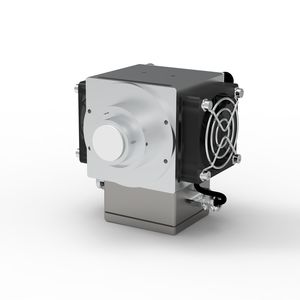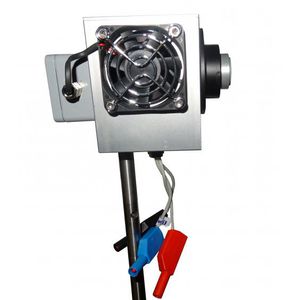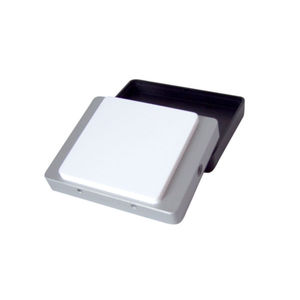
- Metrology - Laboratory
- Metrology and Test Equipment
- Calibration standard
- Gigahertz Optik GmbH
Calibration standard BN-9101irradiance
Add to favorites
Compare this product
Characteristics
- Type
- calibration, irradiance
Description
Calibration standards
Calibration standards enable the calibration and comparison of measurement instruments to absolute measurement quantities. Calibration standards provide a reference signal corresponding to the measurement quantity to be calibrated. The reference signal of the calibration standard is calibrated in the respective measurement quantity. The calibration of the measurement instrument is performed by comparing the measurement signal of the measurement device with the standard specifications in the calibration certificate. Deviations are compensated for by adjusting the measurement instrument accordingly.
Spectral irradiance
The spectral irradiance [W/m²·nm-1] is important for qualification of the incident radiant flux of a reference plane. Spectralradiometers are the typical measurement devices for the spectral irradiance. Calibration of the spectralradiometer is done using a calibration standard lamp for the irradiance.
BN-9101 calibration standard lamp
The BN-9101 calibration standard lamp has a 1000W quartz halogen bulb that is ideal for the usable spectral range between 250 and 2500nm and characterized by its stable filament. Since 1991, Gigahertz-Optik GmbH manufactures and calibrates this calibration standard that was designed in consultation with PTB Braunschweig (Federal Physical-Technical Institute). The lamp is firmly fixed into the socket. The electrical contact is installed through braze-welding. This sophisticated mounting and electrical connection ensures maximum position stability of the lamp and maintains a constant electrical resistance at the contacts.
Catalogs
BN-9101
5 Pages
Catalogue complete
198 Pages
*Prices are pre-tax. They exclude delivery charges and customs duties and do not include additional charges for installation or activation options. Prices are indicative only and may vary by country, with changes to the cost of raw materials and exchange rates.










